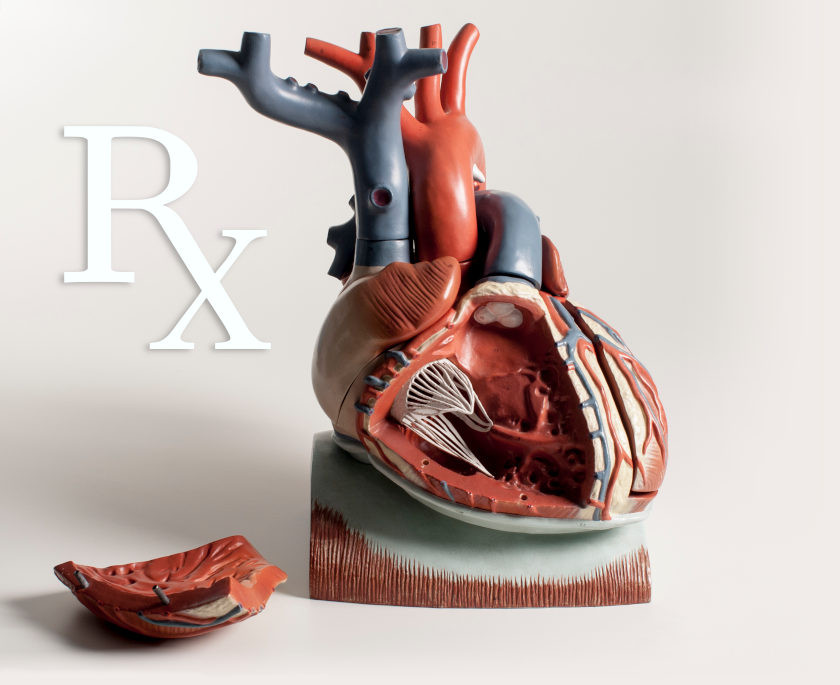Guided Learning - Antianginal Drugs
(NOTE: Turn off or override browser pop-up blockers.)
- How do antianginal drugs affect myocardial oxygen supply and demand, and how do these actions reduce chest pain? click here
- Which antianginal drugs are used to treat the following types of angina, and what actions of these drugs make them suitable for a particular form of angina? click here
- chronic stable angina
- Printzmetal variant angina
- unstable angina
- What are the mechanisms by which organic nitrate nitrodilator drugs dilate veins, and how does this relieve angina? click here
- What is drug tolerance, and how does tolerance to organic nitrates alter dosing? click here
- What are common side effects of organic nitrates? click here
- Which calcium-channels blockers are approved for angina and how do these drugs reduce anginal pain? click here
- What preexisting conditions in patients can be worsened by administering calcium-channel blockers? click here
- Why should calcium-channel blockers not be given with beta-blockers? click here
- Why are beta-blockers useful antianginal drugs? click here
- What are the mechanisms by which beta-blockers reduce heart rate and contractility (inotropy)? click here
- Define the following characteristics for beta-blockers: click here
- selective vs. non-selective beta-blockade
- intrinsic sympathomimetic activity
- membrane stabilizing activity
- What are some common side effects and contraindications for beta-blockers? click here
- What is the mechanism of the antianginal effect of ranolazine? click here
Revised 10/28/2023

 Cardiovascular Physiology Concepts, 3rd edition textbook, Published by Wolters Kluwer (2021)
Cardiovascular Physiology Concepts, 3rd edition textbook, Published by Wolters Kluwer (2021) Normal and Abnormal Blood Pressure, published by Richard E. Klabunde (2013)
Normal and Abnormal Blood Pressure, published by Richard E. Klabunde (2013)